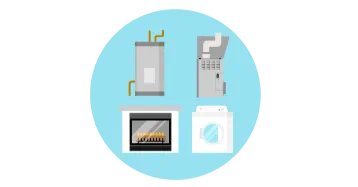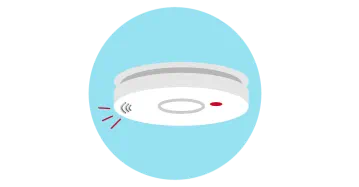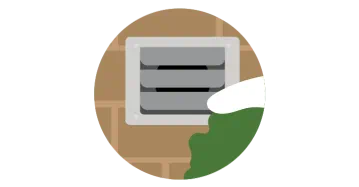What is carbon monoxide (CO)?
Natural gas is safe and reliable. But if any fuel-burning equipment isn’t working properly, including your furnace, water heater or fireplace (or a blocked vent or chimney), it can release CO, a poisonous gas that can be deadly.
CO is often called the ‘silent killer’ because you can't see or smell it. Read the tips below to learn how to keep you and your loved ones safe.











